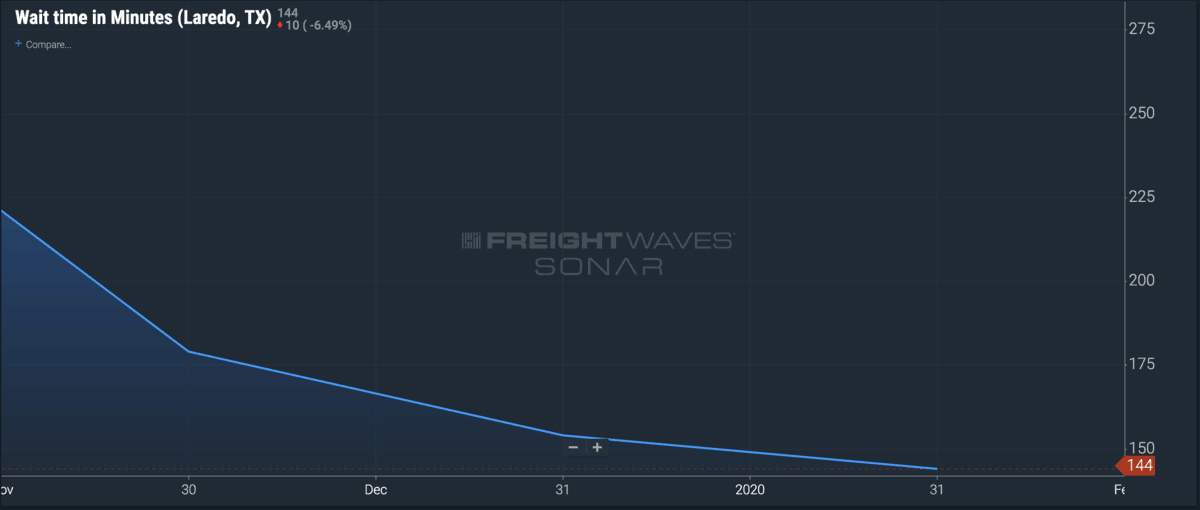With Valentine’s Day just days away, U.S. Customs and Border Protection (CBP) agents are working hard to make sure imported flowers are pest and disease free.
“CBP agriculture specialists are working hard every day preventing potentially harmful plant pests and foreign animal diseases from entering the U.S.,” Hector Mancha, CBP El Paso director of field operations, said in a release. “Valentine’s Day week is always one of the busiest periods of the year for CBP agriculture specialists.”
Valentine’s Day is the No. 1 holiday for most florists, according to the Association of Floral Importers of Florida.
The U.S. imported $1.31 billion worth of fresh-cut flowers during 2019, according to U.S. Census Bureau data analyzed by WorldCity.
Flowers are imported into the U.S. via temperature-controlled flights, refrigerated trucks and, increasingly, aboard ships in cold storage containers.
Miami International Airport ranks No. 1 among U.S. ports of entry for shipments of cut flowers, processing 91% of the total imports in 2018 — approximately 1.3 billion stems.
Colombia was the No. 1 exporter and accounted for $789.64 million in imported fresh-cut flowers in 2019, followed by Ecuador at $266.49 million, The Netherlands at $77.92 million, Canada at $62.94 million and Mexico at $31.86 million.
The Laredo, Texas, port of entry processed more than 44.4 million cut flower stems during fiscal year 2019 and is the eighth-largest field location by volume for cut flower imports nationwide.
Wait times at the World Trade Bridge port of entry in Laredo (WAIT.LRD) have been decreasing since Jan. 1, good news for importers of Valentine’s Day flowers.

“These inspections help protect American agriculture and preserve the economic security of the nation’s floral industry as well,” Randy J. Howe, director of field operations for the CBP Laredo field office, said in a release.
At El Paso field office area ports — from Columbus, New Mexico, to Presidio, Texas — CBP agriculture specialists performed a record total of 53,074 quarantine material interceptions and 2,368 pest interceptions during fiscal year 2019.
CBP officials said people bringing back flowers from Mexico need to be aware of prohibited flowers and greenery fillers. Prohibited plants include chrysanthemums, choisya, juniper and murraya — known to harbor harmful pests and diseases.
Live plants, seeds and bulbs are not allowed entry into the U.S. without special permits and documents certifying they are disease-free.
Those who do not declare or intentionally smuggle prohibited items through the ports of entry are subject to civil penalties starting at $300.










